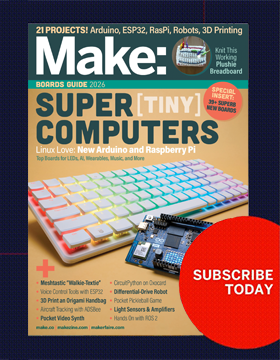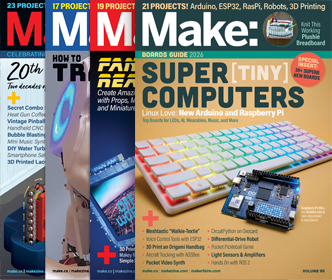How-To: Fluorescent Flowers, The Easy Way
The hard way, of course, is to splice in the gene that codes for green fluorescent protein, as in the case of, say that GFP bunny that made the rounds a few years back. That’s a bit of a project, really.
This quickie version, from everybody’s favorite anonymous, Jigsaw-voiced YouTube chemhacker NurdRage, amounts to extracting the fluorescent dye from highlighters into water and, you know, sticking the cut stems down in there for while. To use scientific terms.
Cool enough. And though I’m a big NurdRage fan, I have to protest the use of “glow in the dark” to describe what’s happening here. In truth, these flowers are fluorescent, because they appear to glow in the dark under UV light. But what’s really happening is near-instantaneous re-radiation, of absorbed UV photons, in the visible band. True GITD materials—like those stick-on stars on your bedroom ceiling—work by the entirely different process of phosphorescence. And although it may never be possible to make a living flower truly phosphorescent, there was recently a very interesting advance in the field of phosphorescent materials. [via Neatorama]



